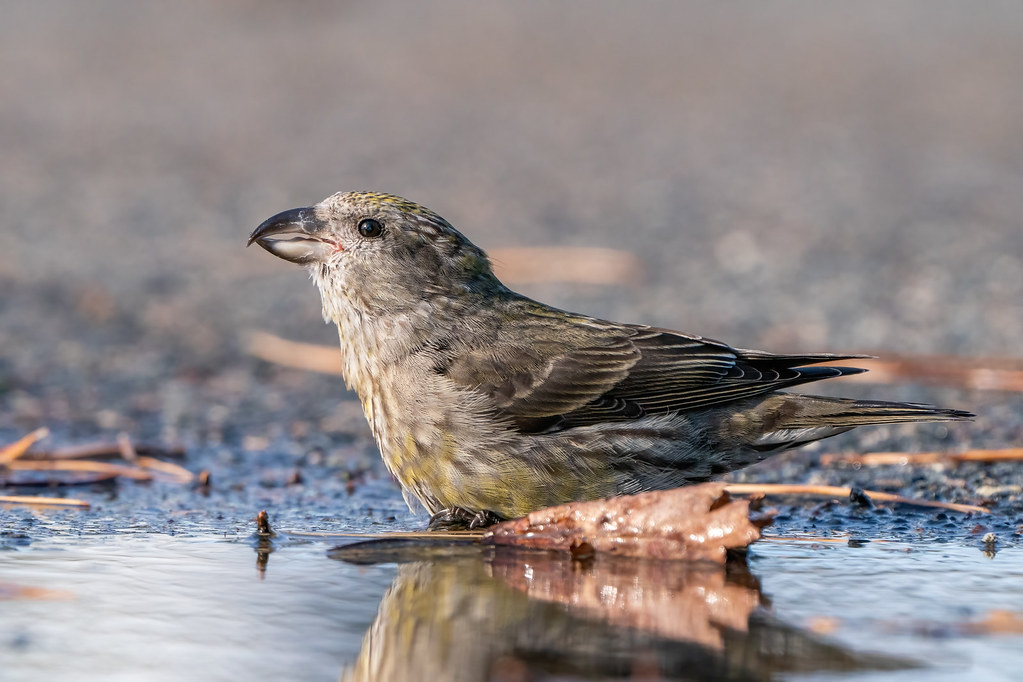A very interesting discussion, and one that touches on something that has amazed me over these past few years. The concentration on first megapixel count, and later on (with mirrorless) AF automation or tracking performance, seems to have completely pushed the awareness of true optical quality and the many aspects that go with that, from the table. 10 years back 500mm f4 prime lenses were still highly regarded, and when I visited (printed) images on display from someone using e.g. a Nikon D3 and 500mm f4 lens, I marvelled at the graphic quality of these prints.
Even today, my favorite images to look at are from the Nikon D5/D850/D500 stable with the 400/500/600E lenses. I rarely if ever have to put in an effort to simply love the look of these images, much more so than images from the current mirrorless champions. Surely these (mirrorless) images are sharp, are perfectly in focus, show all tiny details, and still it does not come as easy to simply like the way they look and the mood they bring across.
A lens like the Sony 200-600 is often said to be "as sharp as or sharper than the Canon 500mm f4". I see posts on forums by people that sold their Nikon 500E for it, and I simply cannot grasp it, because I very rarely like the look, mood or graphic qualities of images taken with this lens in the way I do, without having to work for it, like images from the D500 with the 500E lens.
I am wondering if the lack of shutter/mirror induced blur and the perfect in-focus have made people believe that the optical quality of a true high end prime lens has become redundant, but there is a lot more going on than just perfect in-focus non-blurred sharpness with a true high end optic. Quality of contrast, color, bokeh, all the way to how a lens/camara combo captures the light and mood of a scene, I feel it is becoming less and less relevant, and people lose the judgement of these qualities, or simply have lost the apetite or ability to see the differences. To me, Sony has not reached Nikon level contrast quality overall, and contrast is a very important factor in imaging. It is one of the reasons why Zeiss became so big. I shoot the Sony A7RII as my general camera, but with the Zeiss Loxia 25mm for just the one reason: quality of color and contrast.
In the same fashion I am soon doing something I believe no-one in their right mind will do in this day and age: I will add a newly bought Nikon 500mm f4E FL to the 500PF for use on my D500. Simply because I would rather come home with 20 succesfull images from the D500+500E combo, than 1000 perfectly in-focus images from the Sony A1+200-600G.



